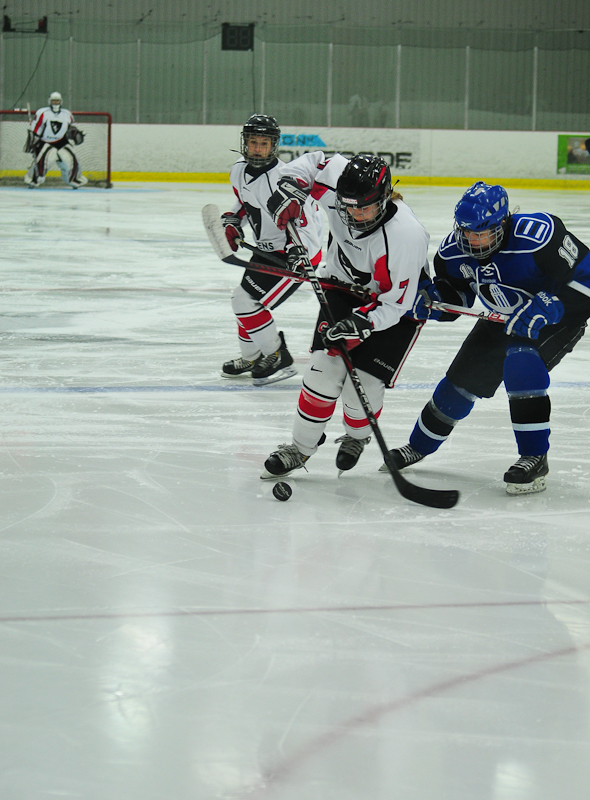Canadian universities could soon see an increase in homegrown female hockey players, with the launch of a pilot project by the Canadian Interuniversity Sport (CIS).
In an effort to keep Canadian talent playing within the country, the five-year Women’s High Performance Hockey pilot project, which has been in the works for a couple of years, offers players a larger scholarship to cover tuition, books, and now, room and board fees, according to CIS chief executive officer Pierre Lafontaine.
“It is crucial to keep our best at home,” Lafontaine said. “They are part of some of the greatest universities in the world, most stay in Canada post-graduation. They re-invest in the alumni association and become leaders in Canada.”
Each university will have a financial cap limiting the amount of scholarships that can be offered, according to a Globe and Mail report.
Another factor of the project is eliminating the rule forcing Canadian players coming back to the CIS from the National Collegiate Athletic Association (NCAA) to sit out a year before playing in Canada, the report said.
A possible benefit from the pilot project might include understanding why student-athletes stay and play in the CIS, or go to the U.S. and the NCAA, Lafontaine said.
“There is close to 4,000 Canadians studying and competing in the NCAA. If we can keep 15-20 per cent home it would be a great addition to our university campus,” he said.
Currently, no other CIS sports are testing out the pilot project.
While there is no decision yet on whether Carleton will take part in the project, Lafontaine said every university has the ability to do so.
Ravens forward Chelsea Lefebvre said the idea allows players like her to have more opportunities to stay home and choose a Canadian university that offers both a program of choice and the chance to play hockey.
“Playing hockey and going to a school with my program were my biggest concerns,” she said. “I soon realized that if I went to the States, I could receive lots of money to play, but would be unable to do my program and be able to have a job back here in Canada.”
Though Lefebvre said she’s a fan of the pilot project, she isn’t sure how much of a difference it will make.
“A lot girls in particular are exposed at a young age now to scouts and American universities, while the Canadian universities are pushed to the side,” she said. “From an early age, we are told about these universities and their quality of hockey, but we are not given very much information on our own universities.”
Lefebvre said the new elimination rule for transfers is important, because it will encourage players to come back to Canada and play an extra year, since the NCAA only allows four years of play instead of Canada’s five.
As for the pilot project, Lefebvre said the choice between the CIS and the NCAA is an individual decision.
“I feel like at the end of the day it comes down to the program you want to take, and how you feel about the school and its atmosphere,” she said.
Related articles
Scholarship cap hinders Ontario teams






